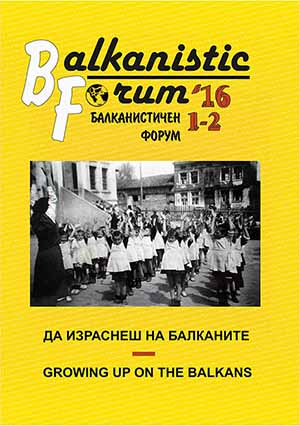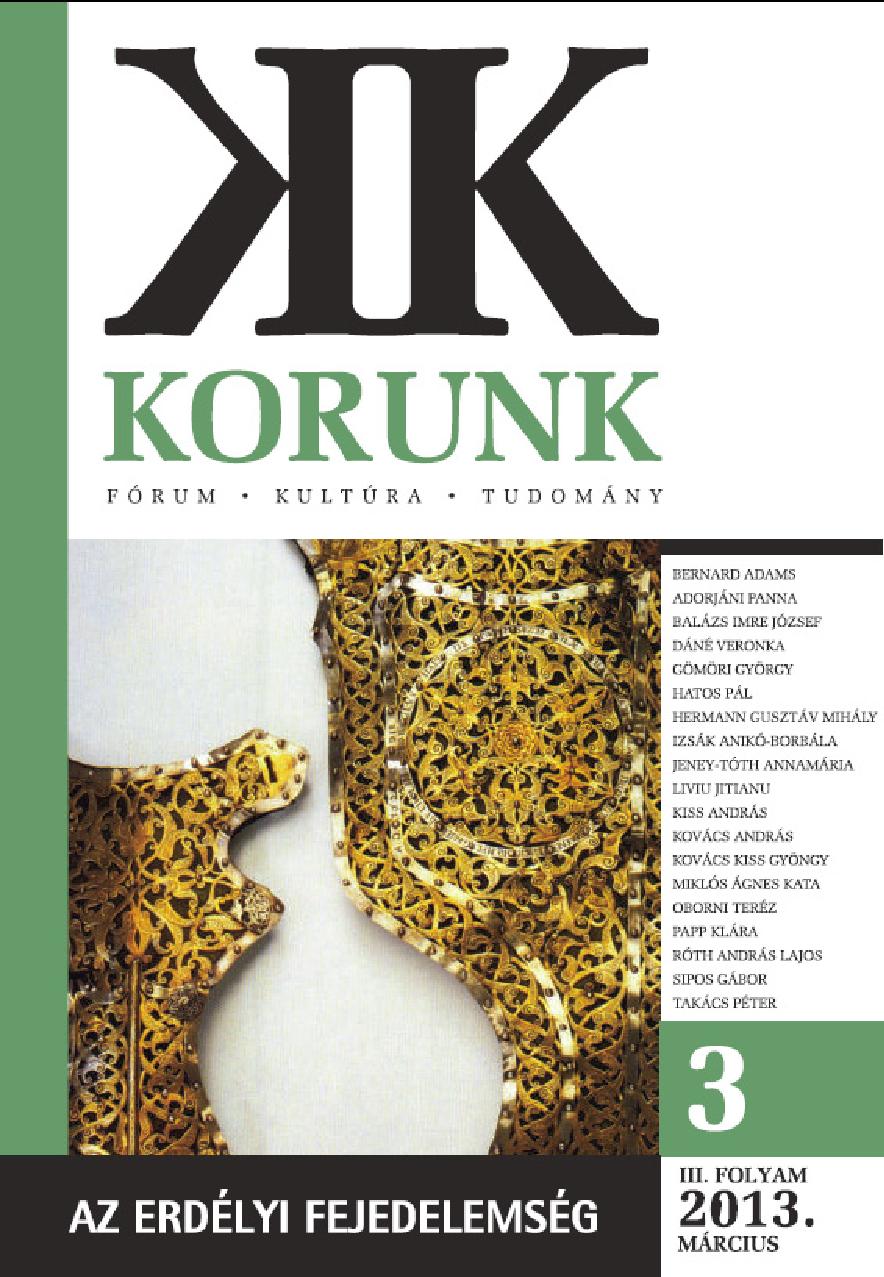Author(s): Sławomir Dryja,Mirosław Janowski / Language(s): Polish
Issue: 6/2018
The XVI century Cracow-based malting and brewing industry was at the peak of its development, in line with the European trend in the industry’s development. It is no coincidence then, that the period is called the “golden age of beer”. Around the middle of the century nearly 140 breweries had operated in Cracow, furnished with normalized equipment which enabled the production of 4680–4770 liters of beer from a single brewing batch. In Cracow from 130 to nearly 270 hectolitres of beer were produced annually (and that is discounting Kazimierz and Kleparz, which at the time were separate municipal entities). We know relatively much regarding the units of measure and magnitude of Cracow’s brewing industry during that period, however due to gaps in sources the issues related to the trading of timber (trade measures, trade organization, demand), essential to beer brewing, has not been discussed thoroughly. This article intends to fill this particular gap. Due to the aforementioned gaps in sources, the estimated amount of timber consumed in brewery production has been calculated based on a simulation of the stack-less furnace combustion process. For that purpose, experiments conducted by heat engineering specialists at the AGH University of Science and Technology in Cracow have been used. Timber was ra‚ed to Cracow via the Vistula River, from areas located in its upper section or larger tributaries. The congregation of Cracow drafters had the monopoly on rafting and trading wood. Rafted timber was stored at the royal timber garden, at the foot of the Wawel hill. In 1570 nearly 70 thousand timber logs were rafted to Cracow. The measuring units for rafting during the modern period have been developed by Jerzy Wyrozumski, however the trading measures remain almost unknown. The unit of measure for rafted wood was simply a timber log. Trade timber (heating timber) was calculated according to spatial units of measure. It seems, however, that a correlation occurs between both these systems (the common term of “plet” and “dziesiątek” or “tenth”). It has been adopted that a “dziesiątek” consists of six clusters or eighteen wagons. The load capacity of a wagon has been assumed at 600 kg. This corresponds to a volume of 1,2–1,3 cubic meters of beech or oak timber (such timber was burnt in Cracow’s breweries). In comparison to normative volumes for those tree species, we can observe that one wagon corresponded to half a log, a‚er cutting, lumbering and drying (to a level of 15–18%). The calculated values served to the purpose of comparison with the results achieved from calculating the stack-less furnace combustion process simulation. For the calculations a boiler capacity at a level of 5000 liters and its permanent embedding has been assumed. This is because a typical furnace at the time was a stack-less structure with an embedded boiler, fired by hard, non-coniferous timber (oak, beech). Three stages of production have been distinguished: boiling of water, boiling of the wort and sustaining the boiling of wort (during the assumed time from 1 to 2,5 hours). It has been observed, that the first two stages of the studied process have the same energy demand in every given variant. The difference is related to the brewing time of the wort. Energy expenditure increases at this stage proportionally to extension of the boiling time. The fuel demand is a direct result of the process efficiency, and an indirect result of the energy efficiency (caloric value) of the fuel. The results allow to present several significant conclusions. Brewing beer was a highly energy-consuming process. Brewers based their process on highly caloric non-coniferous timber. In furnaces with an embedded boiler (without a slot) boiling of water was associated with a constant energy expenditure corresponding to burning 0,9 to 1 cubic meter of timber. The energy demand of the wort boiling process (brewing) was dependent on the length of the process. The energy expenditure corresponded to burning 1 to 1,15 cubic meters of timber. The total consumption, therefore, was 1,9 to 2,5 cubic meters of timber (which corresponded to – 1300 kg). Comparing this to a wagon’s load capacity (with an adopted average of approx. 600 kg), we can observe that the portion for a single brew corresponded to 1,5 to 2 wagons. It would seem, that for further studies it is recommended to conduct model tests. A 1:1 scale is not a necessary requirement. A 1:3 scale model appears sufficient, therefore with a boiler volume of no less than 1500 dm 3 . Model tests would allow to verify the adopted assumptions and adjust any possible errors. The historical source verification method based on a theoretical analysis of the combustion process simulation adopted in there article may find applications in other crafts which incorporate furnaces of different designs based on burning wood (brewers, bakers, coppersmiths, blacksmiths, etc.), which in consequence would allow for a comprehensive assessment of Cracow’s (or other urban centers’) energy demand in the modern era.
More...












